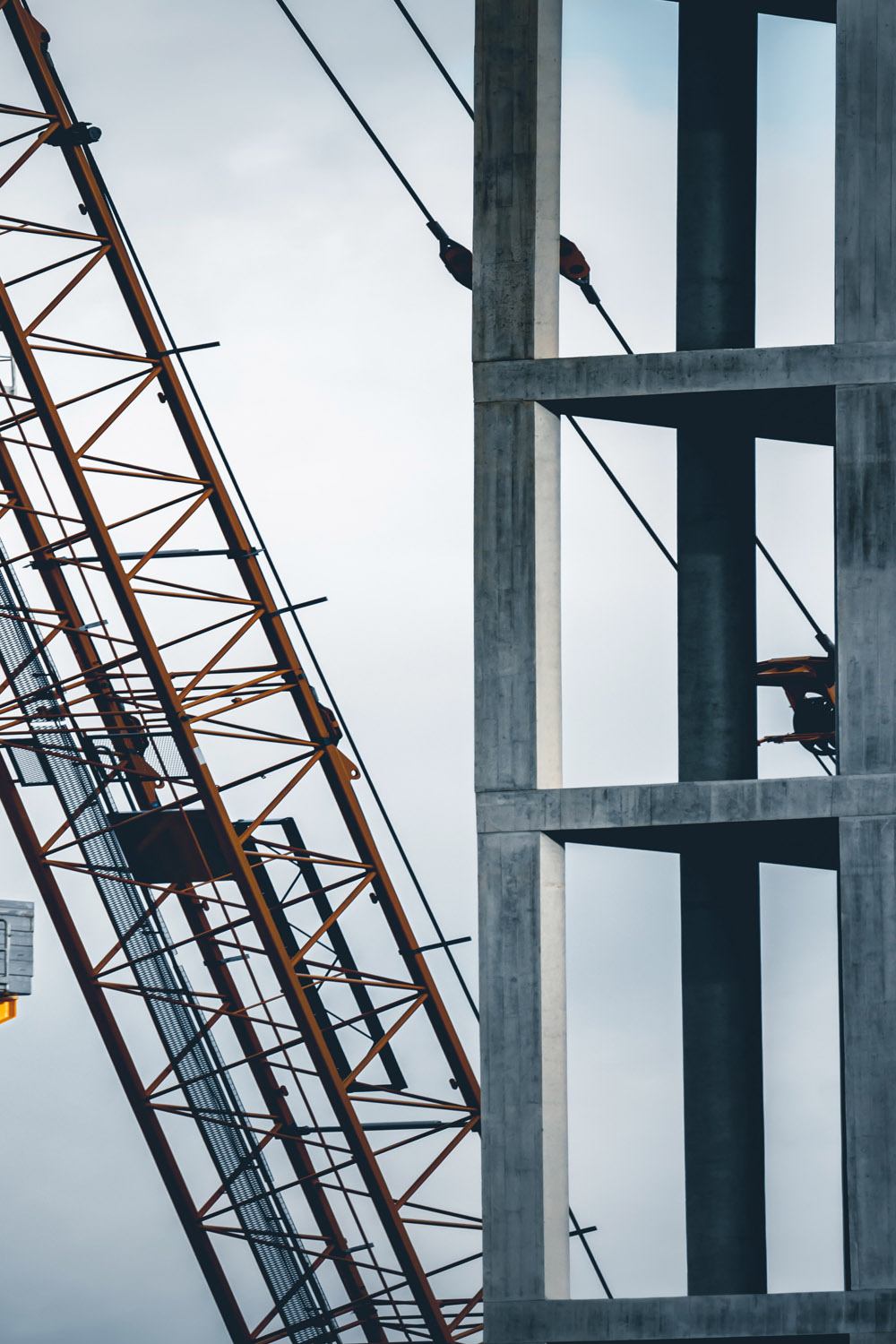Enhancing Project Planning and Execution Through Advanced Concrete Scanning Techniques
In the realm of job preparation and insight, implementation and precision are vital elements that can make the difference in between success and troubles. Advanced concrete scanning strategies have actually become an innovative device readied to raise the requirements of project monitoring within the construction industry. By utilizing cutting-edge technology, these strategies supply a look right into the architectural honesty of a structure also before the initial block is laid. The ramifications of such improvements are profound, assuring a standard shift in how tasks are approached and delivered.
Benefits of Advanced Concrete Scanning Strategies

Improved Precision in Task Assessments
Enhancing project assessments through sophisticated concrete scanning strategies considerably improves the accuracy and dependability of building and construction analyses. By using sophisticated scanning modern technologies such as ground-penetrating radar (GPR) and 3D imaging, job teams can currently acquire detailed insights into the problem of concrete frameworks, determining prospective problems or weaknesses that may not show up to the naked eye. This enhanced level of precision in task evaluations allows building and construction specialists to make even more educated decisions concerning repair work and maintenance techniques, causing enhanced general job results.
Furthermore, the enhanced accuracy in job evaluations achieved via sophisticated concrete scanning methods helps in minimizing the danger of unexpected issues throughout the building phase. By proactively discovering hidden anomalies within concrete structures, such as rebar corrosion or gaps, job teams can resolve these problems early, preventing costly hold-ups and remodel later on in the job lifecycle. Ultimately, the boosted accuracy in project analyses promoted by sophisticated concrete scanning techniques adds to higher performance, cost-effectiveness, and top quality in building and construction jobs.
Early Identification of Architectural Challenges
Very early detection of architectural obstacles plays a crucial function in ensuring the stability and safety and security of concrete frameworks throughout the construction procedure. Identifying potential problems at an onset enables prompt treatment, stopping expensive rework, timetable delays, and safety and security dangers. Advanced concrete scanning techniques, such as ground-penetrating radar (GPR) and 3D imaging, allow job groups to uncover covert flaws, voids, support format discrepancies, and other anomalies that can endanger the structure's stability.
By implementing these techniques during the planning and execution stages, construction professionals can proactively attend to architectural obstacles before they escalate into major problems. For example, discovering insufficient concrete cover over reinforcement bars early can protect against deterioration and architectural weakening in the lengthy run - RainierGPR Service Areas. Furthermore, determining variants in concrete density or density can assist maximize product use and ensure consistent strength residential properties throughout the structure

Eventually, early identification of structural obstacles via innovative concrete scanning not only boosts the total quality and toughness of the construction yet additionally Get More Info adds to why not try this out a more secure constructed atmosphere for residents and users.
Improved Security Procedures in Building
The execution of durable safety procedures is essential in the construction industry to reduce dangers and protect the wellness of stakeholders and workers. To boost safety and security steps, construction companies are increasingly embracing technological advancements such as wearable devices that keep track of workers' vital indicators and detect possible wellness issues in real-time. By focusing on security with the incorporation of sophisticated innovations and detailed training programs, building and construction tasks can substantially minimize accidents and produce a safe working environment for all entailed.
Streamlining Job Management Processes
To optimize operational performance and ensure task success in the building market, an emphasis on streamlining project administration procedures is important. By applying efficient job administration procedures, construction projects can reduce hold-ups, lower costs, and improve general efficiency.

Verdict
To conclude, the utilization of innovative concrete scanning techniques uses countless advantages for project planning and execution. These techniques provide enhanced accuracy in project assessments, early identification of architectural challenges, improved safety and security actions in construction, and streamlined project management procedures. Including these methods into project operations can inevitably lead to more successful and efficient outcomes in construction tasks.
Ultimately, the enhanced accuracy in project assessments assisted in by sophisticated concrete scanning methods contributes to better performance, cost-effectiveness, and high quality in building projects. RainierGPR Service Areas.
To maximize functional effectiveness and make sure project success in this article the construction sector, a focus on streamlining task monitoring procedures is crucial. By carrying out effective task administration processes, building and construction jobs can minimize hold-ups, minimize costs, and boost general productivity. By simplifying job management procedures through technology assimilation, clear communication, and data-driven approaches, building projects can accomplish greater performance, cost-effectiveness, and effective outcomes.
These strategies offer better accuracy in task evaluations, very early identification of architectural difficulties, enhanced security actions in building, and structured project administration procedures.